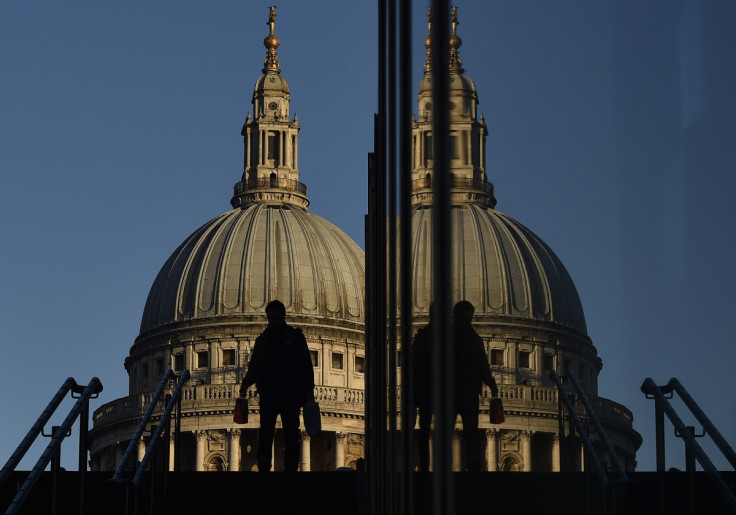UK pay growth speeds up again as BoE frets about inflation
Pay growth in Britain - which is being closely watched by the Bank of England as it gauges how much higher to raise interest rates - picked up more pace in the three months to November, official data showed on Tuesday.

Pay growth in Britain - which is being closely watched by the Bank of England as it gauges how much higher to raise interest rates - picked up more pace in the three months to November, official data showed on Tuesday.
Pay excluding bonuses rose by an annual 6.4% in the September-to-November period, the biggest increase since records began in 2001, not counting jumps in the COVID-19 period which were distorted by lockdowns and government support measures.
Pay including bonuses also rose by 6.4%, the Office for National Statistics said.
Economists polled by Reuters had expected total pay and the ex-bonuses measure to rise by 6.2% and 6.3% respectively.
The ONS said Britain's jobless rate held at 3.7%, in line with the poll, close to its lowest in almost 50 years. Employment rose by a faster-than-expected 27,000.
BoE Governor Andrew Bailey said on Monday that a shortage of workers in the labour market posed a major risk to forecasts that inflation will fall from its current levels above 10%.
The BoE looks set to raise borrowing costs for a 10 time in a row next month, and the main question for investors is the scale of the increase as it weighs up the risk of a recession.
Financial markets were mostly pricing in a half percentage-point hike in Bank Rate to 4.0% on Feb. 2 and pointed to only a one-in-four chance of a smaller 25 basis-point increase after Tuesday's data.
Sterling rose and was up by 0.1% on the day against the U.S. dollar and the euro.
"The latest labour market data maintain the pressure on the by the Monetary Policy Committee to raise interest rates by another 50 basis points next month, rather than slow down," Samuel Tombs, an economist with Pantheon Macroeconomics, said.
The ONS figures showed a wide gap between strong pay growth in the private sector and weaker increases for public sector workers, many of whom are locked in wage disputes with the government.
The number of days lost to strikes rose again in November and the period since June saw more days lost to industrial action than in any six months for over 30 years, the ONS said.
Private-sector total pay rose by an annual 7.1% in the three months to November compared with 3.3% in the public sector.
INFLATION STILL BITES
Despite the pay acceleration, the soaring rate of inflation means households are still seeing their spending power shrink.
Total pay, adjusted for the consumer prices index, fell by 3.9% between September and November compared with the same period in 2021. A larger fall had not been seen since 2009.
There were also signs that Britain's tight labour market was losing some of its inflationary heat.
Vacancies in the October-to-December period fell for a sixth time in a row and were down on an annual basis - by 85,000 - for only the second time since the lockdowns of early 2021 but were still a lot higher than before the coronavirus pandemic.
The economic inactivity rate - or the share of people not in work and not looking for it - fell in the three months to November to 21.5%, 0.1 percentage points lower than the previous three-month period.
But the rate was 1.3 percentage points higher than immediately before the pandemic.
Tombs at Pantheon Macroeconomics said the BoE might gamble that the signs of more labour market slack would translate into slowing wage growth, and its rate hikes might end in March.
"We think they will be willing to make that call - to carrying on hiking would bring its own risks - though the lack of commentary from MPC members over the last month is disconcerting," he said.

Copyright Thomson Reuters. All rights reserved.





















